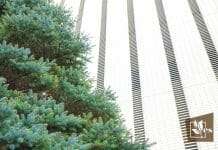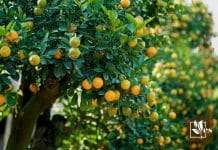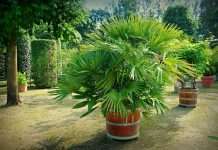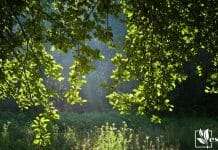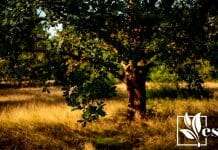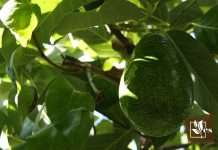Nut trees for zone 6 are the ones that can help you have an aesthetically appealing garden while providing other benefits. They include: being a good source of food rich in proteins and omega-3 fats, not forgetting the shade.
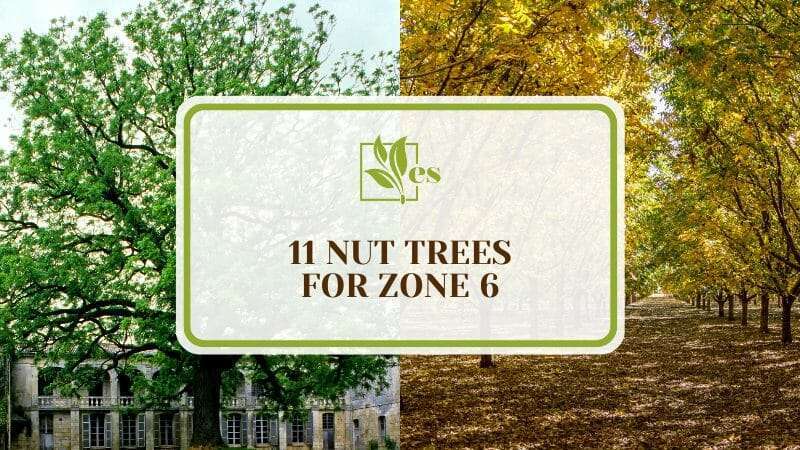
Getting trees that thrive in zone 6 is particularly challenging, and most plants cannot survive in such hardiness area. Read on to learn some nut tree varieties you can plant in this zone.
JUMP TO TOPIC
List of Nut trees for Zone 6
1. English Walnut
The nut tree is also referred to as the Persian walnut, Carpathian walnut, or the Juglans Regia as it is called scientifically. It is native to Eastern Europe and Northern Asia, but has spread to other parts of the world and is widely appreciated by people from North America.
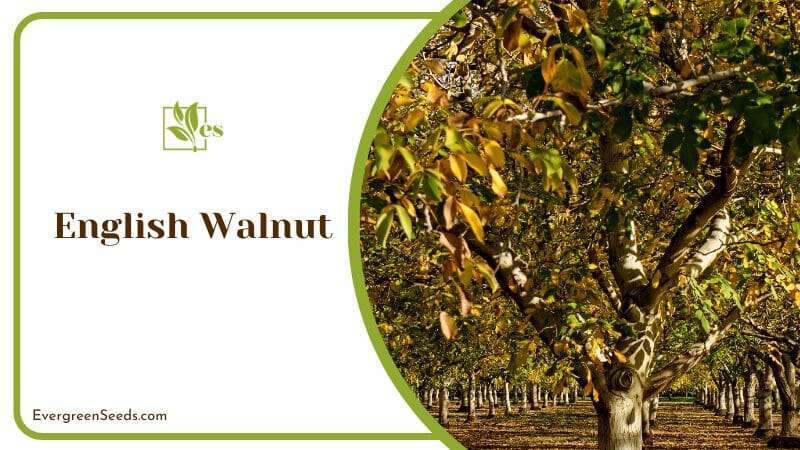
– Growth Requirements
The English walnut tree is quite resistant to harsh weather conditions, and planting it is not as demanding. It does well in hardiness zones 5 to 9, and it will even be able to grow to 40 feet tall.
It will grow in a healthy way as it is placed in a well-drained soil and both alkaline and acidic conditions at the same time. Furthermore, it grows moderately fast, with a rate of 24 inches per year. To become fully mature, the seed takes ten years from the time it was planted to grow into a nut-producing tree.
– Uses
Other than producing edible nuts, the English walnut is also a good source of shade. However, other homeowners use it as an ornamental tree and create memorable moments with their loved ones under its beautiful shade. Manufacturers also find it a good source of valuable timber for producing their products.
– Advantages
Walnut trees are easy to care for and have a long life and as you have to plant it and see it grow and thrive throughout the years. On the other hand, you do not have to wait for walnuts to ripen, since you can use them in various ways in their unripe state.
– Disadvantages
Other plants cannot grow around this tree as it contaminates the soil with the juglone, and this because of the toxic compound produced by its roots which would damage the surrounding plants. Additionally, it can be expensive for homeowners who want to graft the tree for faster production as the process is quite challenging.
2. Black Walnuts
It is an English walnut variety that is also called the juglans Nigra. The nut tree is native to Eastern North America, and its nuts are loved for their distinctive tastes, and this is one of the reasons why it is loved to have in backyards.
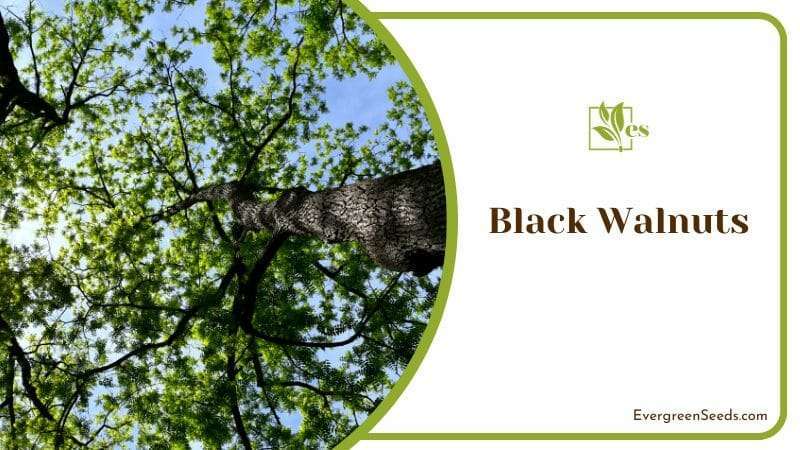
– Growth Requirements
A black walnut tree can grow in hardiness zones 4-9. It requires full sunlight and to be protected from strong winds to achieve optimum growth of 75 feet tall.
The best soil to plant this tree is loam, which should be fertile and well-drained. The soil should also be alkaline. Also, it takes the black walnut between 12 and 15 years to fully mature from the time of planting the seedling.
– Uses
This walnut variety is used for commercial and medicinal purposes, because of its healthy benefits and properties. Medical practitioners also enjoy the health benefits provided by black walnuts. They include helping in weight loss, antibacterial properties, promoting heart health and anticancer properties.
On the other hand, it is also used by the manufacturers in the woodworking sector as they prefer its incredible characteristics, such as beautiful wood stains from the husks, resistance to warping, and its irresistible grain.
– Advantages
It is a good source of food for culinary purposes. In addition, knowing that the tree is native to some tribes, it is important to their history. A lot of people use it for healthy benefits for animals such as in de-worming their pets, and dying different things such as garments and hair.
– Disadvantages
Its roots contain the same toxic material, juglone that contaminates the soil, making it impossible to plant other plants near the tree. This is because the rest of the plants would be intoxicated and not able to root well and to survive.
3. American Hazelnut
The American hazel nut, whose scientific name is Corylus Americana, is a to-go for choice for gardeners with limited backyard spaces. Unlike many nut trees, the American hazelnut is a short species native to Eastern North America.
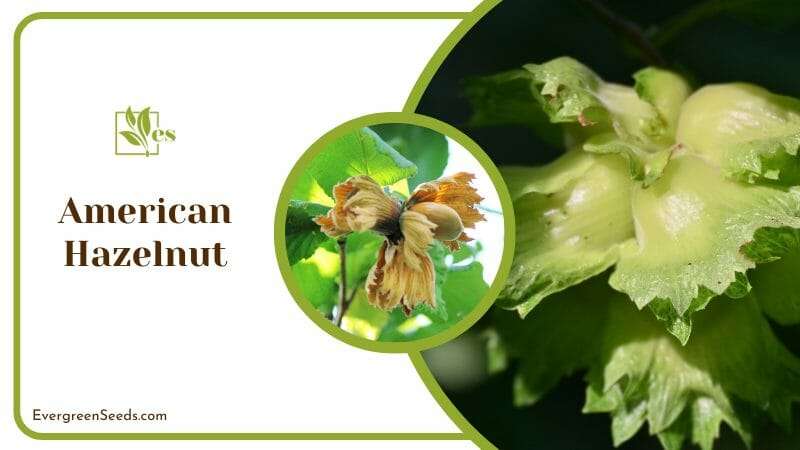
– Growth Requirements
The nut tree typically does well in zones 4 to 8 and can grow in various soil types, provided they are well-drained. Nonetheless, to grow it perfectly, it requires full sun or partial shade to grow.
However, as it grows, the fruit production process would occur through cross-pollination, so it is advisable to plant two trees male and female for a bountiful harvest .
– Uses
This tree has many uses, such as cooking since it has a flavorful taste and aroma, baking, food for wild animals, and botanical uses as well. The nut tree can also be used as a hedge to protect your property from strong winds. Its branches can spread fast and should be trimmed for some control.
– Features
The shrub grows to a maximum height of 12 feet. On another note, these nut trees grow to provide a beautiful background in autumn as their leaves change color during this season.
4. American Chestnuts
The nut tree is also called the ‘king of the forest’. It is native to the Eastern North American region.
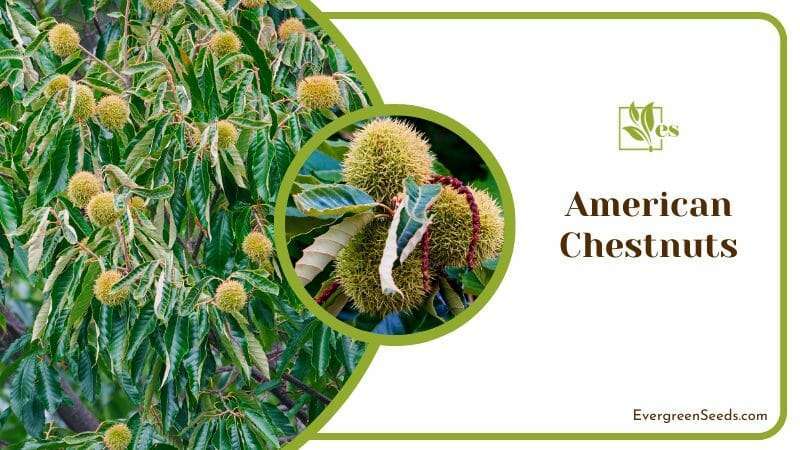
– Growth Requirements
This nut tree variety requires partial shade or full sun for proper growth. It thrives in hardiness zones 4 to 8 and grows to a maximum height of 90 feet.
However, the growth conditions are unclear since the tree is susceptible to blight attack. This attack has seen the volume of American chestnuts decline significantly. Note that as it is under optimal conditions, the nut tree takes approximately five years to fully mature and produce fruits, which is a long time, but the aspect is advantageous.
– Uses
Although there are not many trees of this variety remaining, it provides a great snack and can be used for cooking as it begins to form a proper rooting grasp, it will produce nuts. Furthermore, it also provides excellent timber, which is as strong as th oak tree.
– Challenges
The American chestnut tree is at risk of attack by a fungal infection, precisely the blight, which threatens to extinct the variety and might leave it in a critical state. However, researchers are coming up with ways to save the species, such as cross-breeding with a resistant variety to the fungal infection and back crossing.
5. Pawnee Pecan
Pecan trees live up to 1000 years, making them the nut trees with the longest life. Also called Carya illinoinensis, the nut tree is native to Mississippi. It thrives in warm climates in the hardiness zones of 5 to 9.
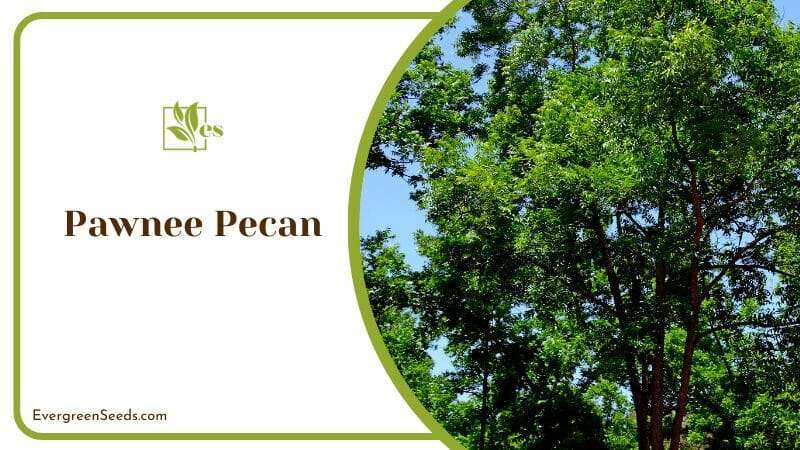
– Growth Requirements
As a long-living tree, it can survive in various conditions. A pecan tree requires full sun and a significant amount of water. Occasional floods are good for the tree, however, the remaining submerged for extended periods can cause its roots to rot.
– Challenges
They have small pockets, which slows down the pollination process. As a result, nut production is often low. In addition, an excess amount of flooding would weaken the roots, and they would need time to recover.
6. Chinese Chestnut
The Castanea Mollissima is native to East Asia and China. It is resistant to diseases and harsh weather conditions, making it an excellent pick for researchers aiming at creating resistant nut tree varieties.
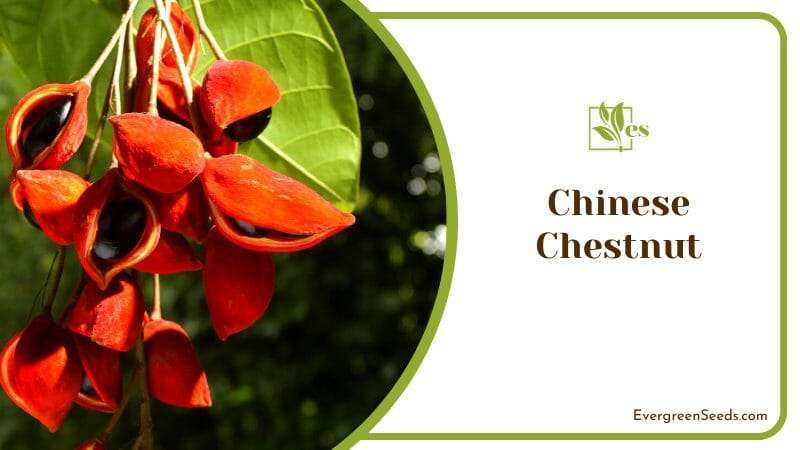
– Growth Requirements
It can grow in dry soils with good drainage and is common in hardiness zones 4-8. Exposure to full sun and partial shade are also vital for the growth of this tree.
For best results, acidic to neutral soils are required. Note that the Chinese chestnut grows to 60 feet and takes five to six years to mature, if, of course, the conditions to grow it have fully been provided.
– Uses
The Chinese chestnut variety is used for cooking, baking, eating raw, and for fence posts, it has such an amazing wood that will stand firmly against the fence.
– Challenges
At a young age, these trees are prone to attacks by rodents and deer, and it would harm the tree in different ways and this is why most people would not be convinced to plant it.
7. Almonds
Almonds resemble peach fruit trees in various ways when considering their growth requirements. But the Prunus Dulcis is a nut with a longer life span which would be around 70 years, and it is a promising tree with this feature. Nonetheless, it is also a native tree to central and southwest Asia.
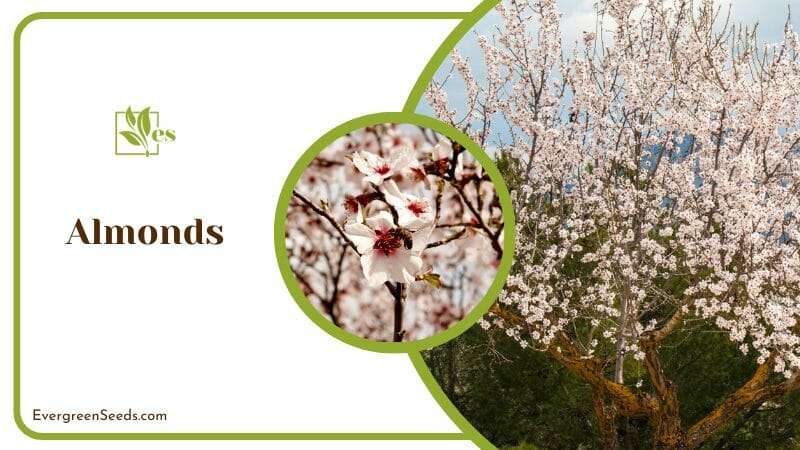
– Growth Requirements
Almonds grow in well-drained, fertile soils and do not like being exposed to humid conditions. They also grow well in zones 6 to 9 to achieve a height of 33 feet.
In order to grow to its full potential, this tree requires full exposure to the sun. Planting almonds are done in pairs as not production occurs through pollination, and it would attract pollinators to come to your garden as well and the more bees come, the more nuts the tree produces. Furthermore, the male and female almond trees are planted together for quality yields.
– Uses
Almonds are some of the food items with countless nutritional and medical value. It is used when raw or cooked, and consumers enjoy benefits such as reduced risks of hypertension, metabolic syndrome, obesity, diabetes mellitus, and chronic degenerative diseases. Hence, it is very beneficial if you have an almond tree growing in your backyard.
– Challenges
These nut trees are affected by fungal infections when exposed to humid conditions. However, the leaves in this case as the ones that would be the mostly impacted, especially when they curl, because this would show you that the tree has been weakened or gotten out of its normal range of growth.
8. Shagbark Hickory
The taste of the Carya ovata can be confused with that of a pecan. But since their visual appearance that is not alike, it sets them apart. The nut tree is native to Eastern North America and grows in hardiness zones 4 to 8.
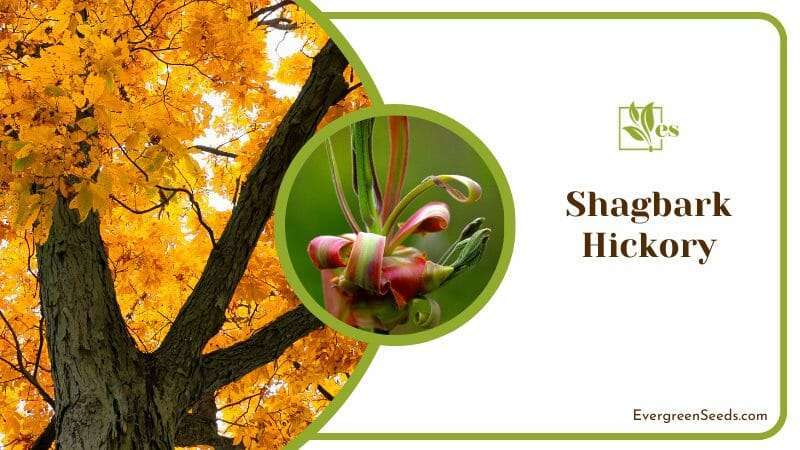
– Growth Requirements
Shagbark hickory grows in well-drained acid soils while exposed to full sun. The slow-growing tree is a self-pollinator, but having a cultivator gives more yields. Though a slow grower, the tree matures within two to three years, from which harvesting can start.
– Benefits of Planting
The sweet-tasting nut is commonly used for making edible syrup, in baking, for thickening soups, and to make butter from the nut’s milk and can be eaten when raw or roasted. As you have planted it, you will see different benefits and it will be pleasant to keep one.
Other than being an excellent source of food, the shag bark would provide high-quality wood. The wood can be used as a fuel source since it burns well and for making baskets, tool handles, sporting goods, and construction.
– Challenges
These nut trees can be attacked by aphids, causing stunted growth and poor yields. Nonetheless, it is also affected by a fungus that causes leaf spotting, which can lead to defoliation in severe cases.
9. Mexican Pine
The Mexican pine nuts are delicious and are loved by man and animals. These nuts grow in a short-statured tree that grows to a maximum of 30 feet. The Pinus Cembroides tree is native to North America and can be used as an ornamental tree.
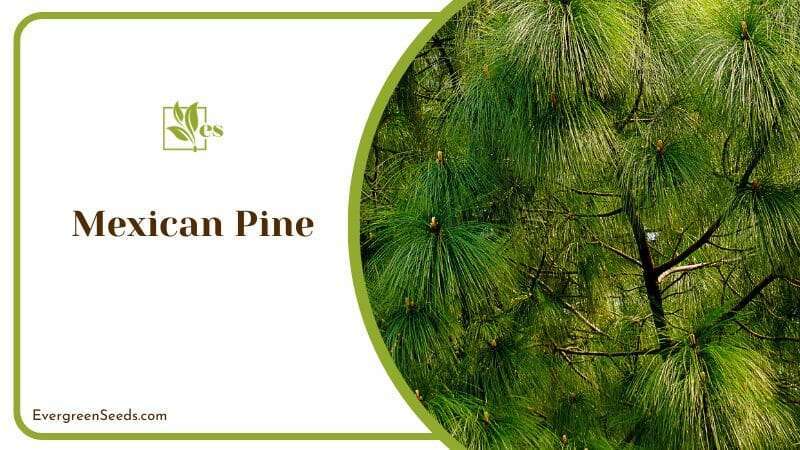
– Growth Requirements
Growing the Mexican pine is easy, as it can adapt to many conditions and is drought-resistant. The nut tree grows in hardiness zones 4 to 8 and requires well-drained dry soils and full sunlight.
– Benefits
The Mexican pine makes great incense, candies, for baking and can be eaten raw, and this is a key benefit if you have one in your yard. However, it is also interesting how some communities used the tree’s pitch as glue while making jewelry and as caulk. It has fragrant leaves which are great if you have it in your backyard, to spread its natural odor around.
10. Yellow Horn
The Xanthoceras sorbifolium is an unusual type of nut that is native to East Asia. It has a short structure, resembling that of a shrub, and produces small purple flowers and small-sized nuts. Its nuts’ taste resembles that of the American chestnuts.
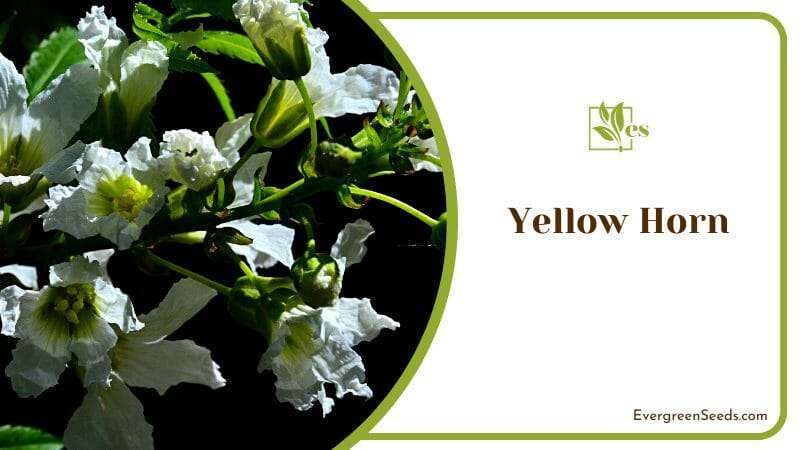
– Growth Requirements
Yellow horn grows in hardiness zones 4 to 7 but best at six. It requires well-drained, fertile soils that are neutral to slightly alkaline. As these are provided, they will thrive and grow to a height of 25 feet when fully mature.
– Uses
The Yellow horn is used as a raw material for producing biodiesel, which is why it is loved to be invested in. On the other hand, the nuts are also rich in oil and are used for producing high-quality edible oil for cooking. furthermore, the nuts are best eaten when they are boiled.
11. Allegheny Chinquapin
It is a shrub that grows huge and belongs to the chestnut family. Castanea pumila grows to a height of 13 feet, and it is a tree that grows slowly. The nut has a sweet and strong balmy taste.

– Growth Requirements
It requires dry, well-drained, acidic sandy soils. The tree grows well in partial shade in hardiness zones 4-8. The pH of soil should be higher than 6.8 so that it thrives in the best conditions with a well-draining soil that would be loamy and not keeping water to float on top or to stay in the roots.
– Uses
Chinquapin is an excellent fuel source and food for birds, humans, and animals. It is also a nice option for making fencing posts, because of the wood’s persistent strength.
– Challenges
Since the tree is a chestnut variety, it is prone to attack by blight which is a pest infestation that would cause the tree to critical conditions if it isn’t treated very soon.
References
- https://www.michigan.gov/dnr/education/michigan-species/plants-trees/black-walnut
- https://www.healthline.com/nutrition/black-walnut#benefits
- https://plants.usda.gov/DocumentLibrary/plantguide/pdf/pg_coam3.pdf
- https://www.fs.usda.gov/features/how-grow-american-chestnut#:~:text=%E2%80%9CIf%20chestnut%20seedlings%20are%20planted,3%20years%2C%E2%80%9D%20says%20Clark.
- https://plants.ces.ncsu.edu/plants/castanea-mollissima/
- https://www.ncbi.nlm.nih.gov/pmc/articles/PMC7146189/
- https://journals.ashs.org/hortsci/view/journals/hortsci/57/3/article-p487.xml


